Why fun tech is good for schools
Lego and Minecraft are sweeping education tech – but do they offer more benefit than making school fun?


Put away the pencils and paper, it's time for Minecraft and Lego.
Older Brits may wonder at such modern educational tools or lament the lack of them during their own school days with the likes of Minecraft and Lego sweeping into schools ahead and ed tech companies pushing virtual reality and augmented reality.
Are such tools actually useful for students, or merely fun gimmicks that are easy for tech companies to sell? We asked experts at the BETT 2017 why the fun and games they're building into educational tech is valuable to students.
Caspar Thykier is the CEO of Zappar, which makes augmented reality tools for schools, bringing posters, student projects and books to life, with the app making photos move like "Harry Potter" style magic.
Bringing that joy and fun to school is key to student engagement, he argues particularly with the toughest students. "There's always a certain percentage of kids at school who have trouble with learning," he said, "and find it boring they're the difficult kids in class. Trying to get them to engage ... how do you increase active engagement?"
That's the value games such as Minecraft offer, said Deirdre Quarnstrom, director of Minecraft Education Edition but alongside the simple fun of the blocky game it also helps get students using technology and encourages creativity. "There's been such a focus on assessments and measurements the last few years that we see educators and industry leaders really wanting to incorporate creativity into the learning environment," she said.
Minecraft is ideal for learning because it lets students explore, build their own projects, and rebuild them if they make a mistake the first time, she said, showing off a model of the human eye built in the game. "Try something, if it doesn't work, you can try something else," she said, adding that's exactly what teachers want in a learning environment.
Get the ITPro daily newsletter
Sign up today and you will receive a free copy of our Future Focus 2025 report - the leading guidance on AI, cybersecurity and other IT challenges as per 700+ senior executives
Vu Bui, COO of Mojang, agreed with his colleague. "Using it in classrooms is natural because there's so much natural learning in Minecraft already it completely makes sense," he said. "You can do anything in Minecraft."
It's not only computer games. HP this week announced a programme with Lego, looking to bring the toymakers' teaching tools into more schools. "They're brilliant at getting kids to work together in groups, to build things and automate them via a PC," said Neil Sawyer, HP's education business director, of Lego. "The ability to work in a group, to connect these objects to a PC and programme it... it's subtly teaching children the ability to programme," he said.
Saywer added that students should get to try as many different types of technology as possible, and games and toys were one way to do that. "Virtual reality think about that type of technology, or 3D printing, which is going to change the world, it really will," he said. "This isn't a gimmick. It's the next industrial revolution. And I think schools should back that kind of stuff."
Of course, fun at school is a good way to encourage enthusiasm in students whether they're adults or youngsters. Sawyer noted: "I'd love to be at school at the moment it's probably quite exciting."
Freelance journalist Nicole Kobie first started writing for ITPro in 2007, with bylines in New Scientist, Wired, PC Pro and many more.
Nicole the author of a book about the history of technology, The Long History of the Future.
-
 Women show more team spirit when it comes to cybersecurity, yet they're still missing out on opportunities
Women show more team spirit when it comes to cybersecurity, yet they're still missing out on opportunitiesNews While they're more likely to believe that responsibility should be shared, women are less likely to get the necessary training
By Emma Woollacott
-
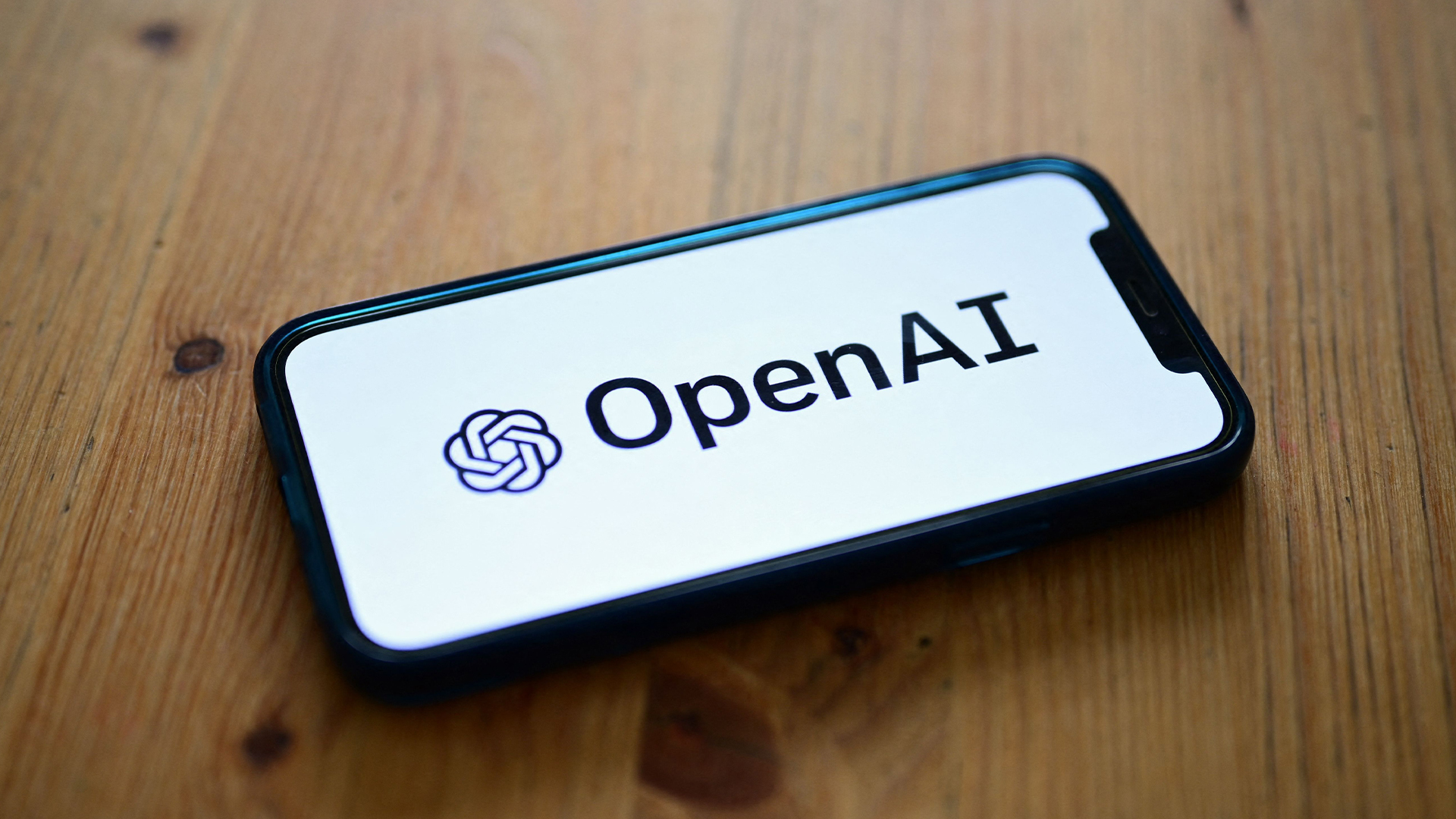 OpenAI's new GPT-4.1 models miss the mark on coding tasks
OpenAI's new GPT-4.1 models miss the mark on coding tasksNews OpenAI says its GPT-4.1 model family offers sizable improvements for coding, but tests show competitors still outperform it in key areas.
By Ross Kelly
-
 European Electronique’s Freedom Cloud
European Electronique’s Freedom CloudSponsored Freedom Cloud helps schools move to a fully managed public or hybrid cloud with educational IT provision
By James Morris
-
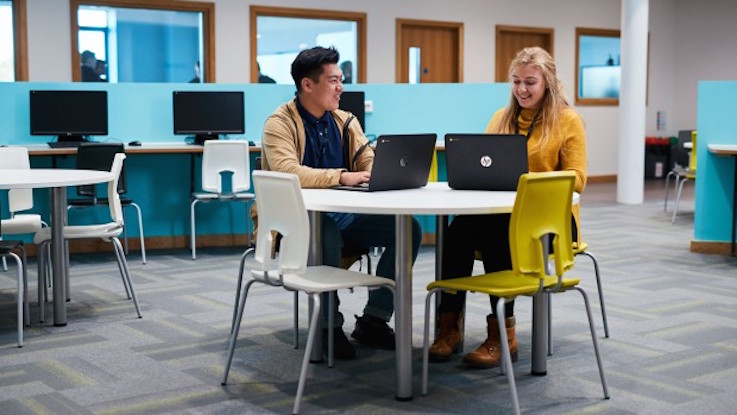 C-Learning puts the "cloud first" in education
C-Learning puts the "cloud first" in educationSponsored UK schools and colleges are only just entering the cloud revolution
By James Morris
-
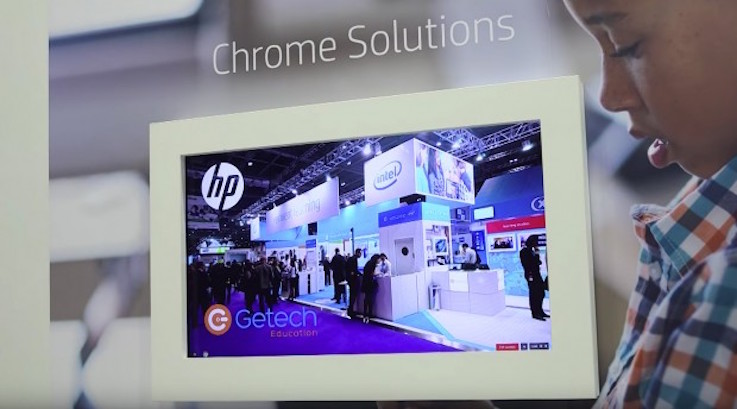 Getech Education helps schools move to the cloud
Getech Education helps schools move to the cloudSponsored Taking a school's classroom IT to the cloud needs careful consideration
By James Morris
-
 RM Buzz from RM Education
RM Buzz from RM EducationSponsored RM Buzz adds user-focused filtering on Chromebooks for students using RM Unify and G Suite for Education
By James Morris
-
 BETT 2017: don't drown schools in wave of ed tech
BETT 2017: don't drown schools in wave of ed techOpinion Finding the right tech in the flood of options isn't easy for schools
By Nicole Kobie
-
 How teachers brought Minecraft into classrooms
How teachers brought Minecraft into classroomsNews Microsoft and Minecraft reveal new teacher tools for using the game in schools
By Nicole Kobie
-
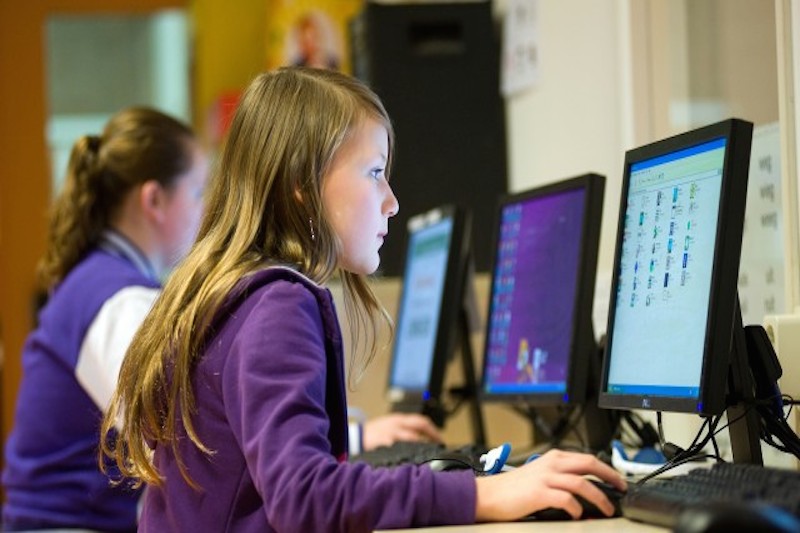 HP: VR and two-in-ones are the future of ed tech
HP: VR and two-in-ones are the future of ed techAnalysis HP's head of education predicts the future of technology in classrooms
By Nicole Kobie
-
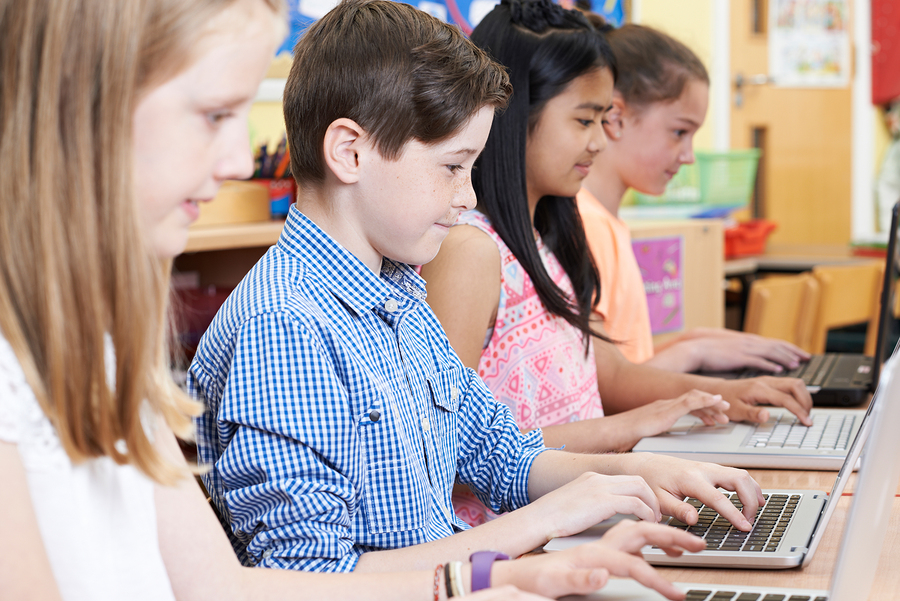 Simplifying tech for schools
Simplifying tech for schoolsAnalysis Chromebooks, Microsoft Intune and more are trying to make it easier for schools to buy and manage technology
By Nicole Kobie